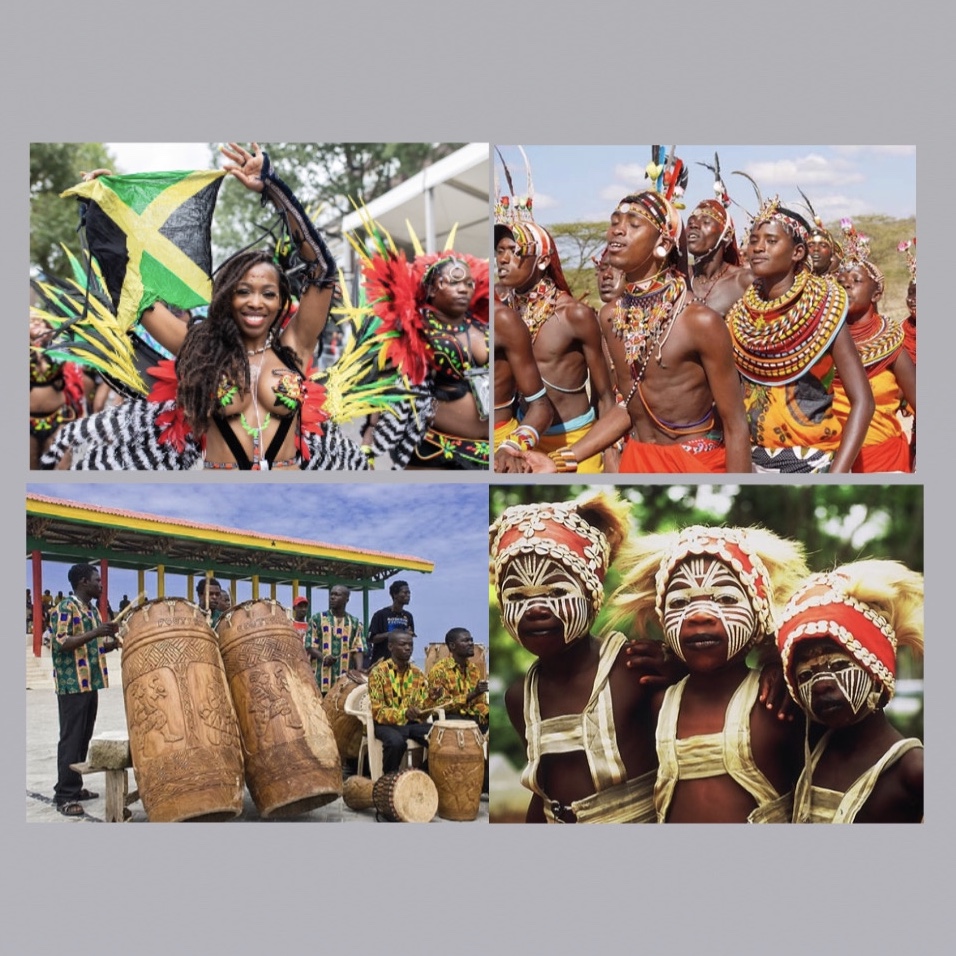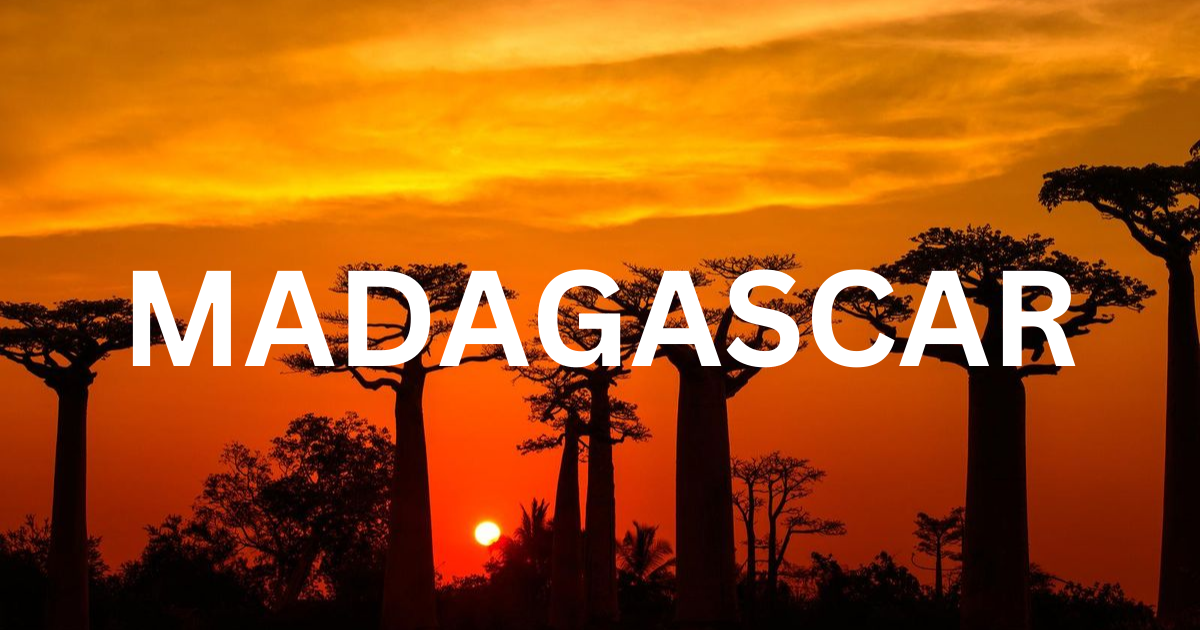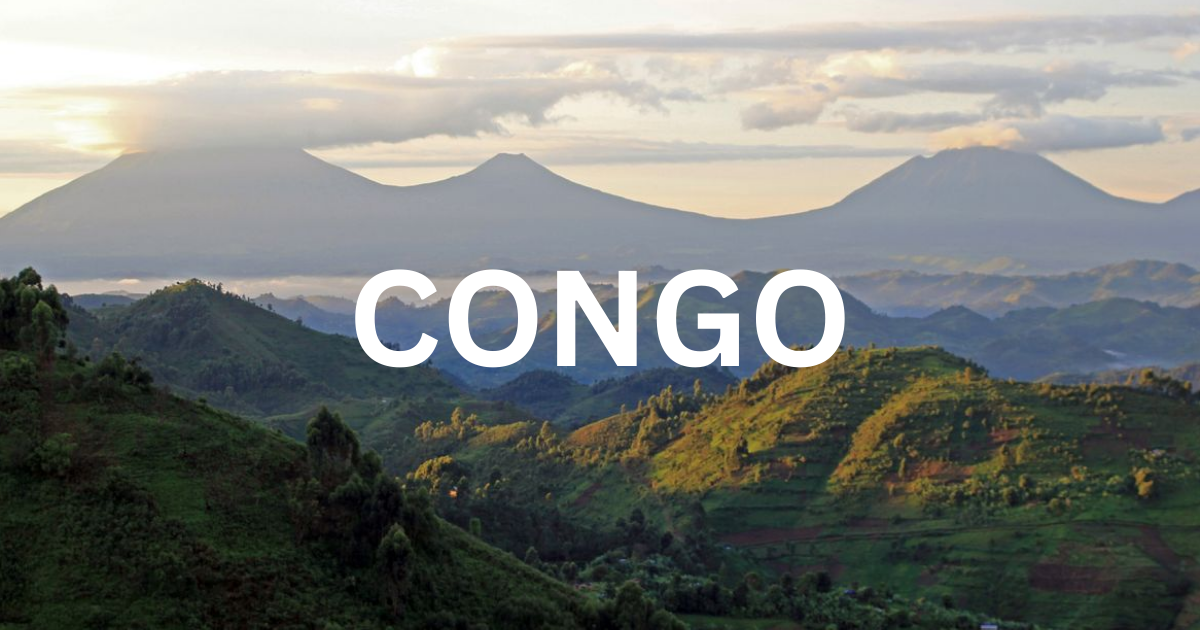Nam Phi là một quốc gia thuộc Châu Phi có vị trí vô cùng đặc biệt. Nơi đây là điểm dừng chân của tất cả các nước khi đến với Châu Phi. Chính vì vậy mà Nam Phi là một chiếc cầu nối của Châu Phi với thế giới. Với một đất nước đặc biệt như thế này ắt hẳn sẽ có rất nhiều điều thú vị. Nếu bạn vẫn còn chưa biết Nam Phi thú vị như thế nào. Thì hãy cùng A+ English tham khảo bài viết những điều cần biết về Nam Phi ngay sau đây nhé!
Nội dung chính
1. Vị trí địa lí
Nam phi có tên chính thức là Cộng hòa Nam Phi là một quốc gia nằm ở mũi phía nam lục địa Châu Phi. Nước này giáp biên giới với Namibia, Botswana, Zimbabwe, Mozambique, Swaziland, và bao quanh toàn bộ đất nước Lesotho. Nam Phi là thành viên của Khối thịnh vượng chung Anh.

Nam Phi là đất nước nằm ở phần mũi phía nam của lục địa châu Phi, với một đường bờ biển dài hơn 2500 kilometres (1.550 dặm) chạy qua hai đại dương (Đại Tây Dương và Ấn Độ Dương).
Với tổng diện tích là 1.219.912 km² (470 979 mi²). Nam Phi là nước lớn thứ 25 trên thế giới (sau Mali). Nước này có kích thước tương đương Colombia. Njesuthi tại Drakensberg với độ cao 3 408 m (11.424 ft) là đỉnh cao nhất Nam Phi.
Nam Phi là quốc gia duy nhất có 3 thủ đô: Thủ đô hành chính – Pretoria, nay đổi tên là Tshwane. Thủ đô lập pháp – Cape Town. Thủ đô tư pháp – Bloemfontein.
Thành phố lớn ở Nam Phi: Johannesburg
2. Dân số
Nam Phi là quốc gia đa sắc tộc, với các cộng đồng người da trắng, người Ấn Độ, và người lai lớn nhất tại châu Phi.
Dân số hiện tại của Nam Phi là 59.986.203 người (2021) theo số liệu mới nhất từ Liên Hợp Quốc. Dân số Nam Phi hiện chiếm 0,76% dân số thế giới. Nam Phi đang đứng thứ 25 trên thế giới trong bảng xếp hạng dân số các nước và vùng lãnh thổ.
Mật độ dân số của Nam Phi là 49 người/km2. Với tổng diện tích đất là 1.213.662 km2. 67,35% dân số sống ở thành thị (39.946.775 người vào năm 2019). Độ tuổi trung bình ở Nam Phi là 27,8 tuổi.
3. Kinh tế
Nam Phi là quốc gia có mức thu nhập loại trung bình và sở hữu nhiều nguồn tài nguyên thiên nhiên; tài chính, truyền thông và năng lượng rất phát triển, thị trường chứng khoán xếp hạng nằm trong tốp 20 của thế giới. Kinh tế Nam Phi là nền kinh tế lớn thứ hai ở châu Phi, sau Nigeria. Là một trung tâm sản xuất khu vực, đây là nền kinh tế công nghiệp hóa và đa dạng nhất trên lục địa. Nam Phi là một nền kinh tế có thu nhập trung bình cao – một trong tám quốc gia như vậy ở Châu Phi.
Nam Phi là một nước phát triển; tuy nhiên, sự phát triển này chủ yếu tập trung quanh bốn vùng là Cape Town, Port Elizabeth, Durban, và Pretoria/Johannesburg. Ngoài bốn trung tâm kinh tế đó, sự phát triển rất ít thấy và tình trạng nghèo khổ vẫn hiện diện dù đã có những nỗ lực của chính phủ.
Nam Phi có một cơ sở hạ tầng hiện đại hỗ trợ phân phối hàng hóa hiệu quả, tăng trưởng kinh tế thấp, tỷ lệ thất nghiệp cao, phân cách giàu nghèo đang gia tăng. Bên cạnh đó, vẫn còn các vấn đề khác gồm tội phạm, tham nhũng và HIV/AIDS.
Nam Phi có lĩnh vực nông nghiệp rộng lớn
Là nhà xuất khẩu các sản phẩm trang trại lớn. Nam Phi là nhà xuất khẩu lớn các sản phẩm nông nghiệp và thực phẩm, các mặt hàng có giá trị xuất khẩu lớn nhất gồm đường, nho, chanh, xuân đào, rượu và các loại hoa quả, các loại ngũ cốc. Thú nuôi cũng phổ biến tại các trang trại Nam Phi, nước này sản xuất ra 85% tất cả các loại thịt được tiêu thụ. Ngành công nghiệp chế biến sữa gồm khoảng 4.300 nhà sản xuất sữa cung cấp việc làm cho 60.000 công nhân trang trại và mang lại sinh kế cho khoảng 40.000 người khác.
4. Khí hậu
Vì những ảnh hưởng địa hình và hải dương này, Nam Phi có nhiều khu vực khí hậu. Nam Phi có khí hậu nói chung ôn hòa, một phần nhờ nó được bao quan bởi Đại Tây Dương và Ấn Độ Dương ở ba phía, nhờ vị trí nằm tại bán cầu nam với thời tiết dịu hơn, và nhờ độ cao tăng dần về phía bắc (về hướng xích đạo) và trong lục địa
Mùa khô thường là vào 7 tháng với thời tiết nắng nóng, còn mùa đông từ tháng 5 – tháng 8 nhiệt độ giảm xuống. Tháng 4 và tháng 5 có thời tiết ôn hòa nhất. Mùa hè từ tháng 12 đến tháng 3 nhiệt độ khá nắng nóng. Nhiệt độ lên đến trên 32 độ C, nhiều nơi vượt quá 38 độ C đặc biệt là vùng thung lũng sông Orange và Mpumalanga Lowveld. Nóng nhất là ở thành phố Duran
Ở miền Bắc có lúc nắng nóng đỉnh điểm lên đến 40 độ C, vào mùa hè còn mùa đông lại có khi đóng băng.
Mùa xuân và thu thời tiết ấm áp và có nhiều nắng.
Mùa đông ở Nam phi chỉ sương lạnh không lạnh như các nước ở Châu Âu.
5. Ngôn ngữ
Nam Phi là quốc gia duy nhất có mười một ngôn ngữ chính thức: Tiếng Afrikaans, Tiếng Anh, Ndebele, Bắc Sotho, Nam Sotho, Swati, Tsonga, Tswana, Venda, Xhosa và Zulu. Về số lượng nước này chỉ đứng sau Ấn Độ. Tất cả đều được công nhận là ngôn ngữ hành chính vì thế Nam Phi có đến có mười một tên chính thức để gọi Nam Phi, mỗi tên theo một ngôn ngữ chính thức quốc gia.
Đứng đầu là tiếng Zulu (9.2 triệu) , xếp thứ hai là tiếng Xhosa (7.2 triệu) . Tiếng Afrikaans ( 6.9 triệu) và tiếng Anh (5.7 triệu) xếp lần lượt ở vị trí thứ ba và tư.
Nhiều người da trắng Nam Phi cũng sử dụng các ngôn ngữ Châu Âu khác, như tiếng Bồ Đào Nha (cũng được người da đen Angola và Mozambique sử dụng), tiếng Đức, và tiếng Hy Lạp, tuy nhiều người châu Á và Ấn Độ tại Nam Phi sử dụng các ngôn ngữ Nam Á, như Telugu, Hindi, Gujarat và Tamil.
6. Văn hoá
Văn hoá ẩm thực ở Nam Phi là sự kết hợp hoàn hảo giữa Malaysia và Hà Lan. Thịt thường là nguyên liệu chính trong các món ăn ở Nam Phi. Một số món ăn nổi tiếng ở Nam Phi là: Boerewors, Biltong, món Bobotie, Mealie Meal, Water Bommetje bredie,…

Nam Phi có nền tôn giáo đa dạng: Hindu, Hồi giáo, Do Thái giáo, thiên chúa giáo, phật giáo,…. Tuy nhiên có hơn khoảng 80% người dân Nam Phi theo Thiên chúa giáo. Ngoài ra, có khoảng 70% người Ấn Độ tại Nam Phi theo Hindu giáo và 20% theo đạo Hồi.
Văn học Nam Phi nổi tiếng thế giới với những tác phẩm văn chương được xuất bản bằng tiếng Anh.
Nam Phi cũng có ảnh hưởng khá lớn trên phong trào Hướng đạo sinh, nhiều truyền thống và lễ hội Hướng đạo sinh xuất phát từ những trải nghiệm của Robert Baden-Powell. Các lễ hội lớn tại Nam Phi: lễ hội Panafest tại Ghana, Lễ hội Knysna Oyster Festival, Lễ hội Ferksburg Cherry festival,…

7. Lịch sử
Trước thế kỷ XVII trên lãnh thổ Nam Phi chỉ có người Phi sinh sống. Sau đó người Hà Lan lập ra xứ thuộc địa Kếp vào năm 1662. Đầu thế kỷ XIX, Anh chiếm thuộc địa này. Năm 1843, Anh thôn tính Na-tan và sau chiến tranh Bô-ê(1899 – 1902). Sau đó Anh chiếm thêm Tơ-ran-xơ-van và O-ran-giép.
Năm 1910, các lãnh thổ này và xứ Kếp hợp nhất thành Liên bang Nam Phi. Năm 1961, nước này tuyên bố rút khỏi Liên hiệp Anh và tuyên bố thành lập nước Cộng hòa Nam Phi. Trong nhiều năm, chính quyền ở Nam Phi thi hành chính sách phân biệt chủng tộc. Phong trào đấu tranh của nhân dân chống chủ nghĩa A-pác-thai ở Nam Phi phát triển mạnh mẽ. Ngày 18/11/1993, Nam Phi đã chính thức thông qua bản hiến pháp mới, chấm dứt ba thế kỷ của chế độc phân biệt chủng tộc ở nước này.
8. Những nơi nổi tiếng ở Nam Phi

Núi Bàn (Table Mountain)
Lâu đài Hảo Vọng
Vườn Company
Vịnh Camps
Trại đà điểu
Vườn Kirstenbosch
Thác Victoria
Mũi hảo vọng
9. Những trường đại học danh tiếng

University of Cape Town
University of the Witwatersrand.
Stellenbosch University
Đại học Pretoria
University of KwaZulu-Natal
Đại học Johannesburg
University of the Western Cape
Trường đại học South Africa.
South Africa
Geography
South Africa, officially the Republic of South Africa, is a country on the African continent’s southernmost tip. It shares borders with Namibia, Botswana, Zimbabwe, Mozambique, and Swaziland, and it completely encircles Lesotho. South Africa is a member of the Commonwealth of Nations.
South Africa is a country in southern Africa with a coastline of more than 2500 kilometers (1,550 miles) that runs through two oceans (the Atlantic and the Indian Oceans).
It has a total land area of 1,219,912 km2 (470 979 mi2). South Africa is the world’s 25th largest country (after Mali). It is roughly the size of Colombia. Njesuthi in the Drakensberg is South Africa’s highest peak, standing at 3 408 m (11,424 ft).
South Africa is the only country with three capitals: the administrative capital, Pretoria, which has been renamed Tshwane; the economic capital, Johannesburg; and the cultural capital, Cape Town. Cape Town is the legislative capital. Bloemfontein is the capital of justice.
Johannesburg is a large city in South Africa.
Population
South Africa is a multi-ethnic country with the continent’s largest white, Indian, and mixed-race communities.
According to the most recent United Nations figures, South Africa’s current population is 59,986,203 people (2021). The population of South Africa currently accounts for 0.76 percent of the world’s population. South Africa is ranked 25th in the world by population of countries and territories.
South Africa has a population density of 49 people per square kilometer. With an area of 1,213,662 square kilometers. Cities are home to 67.35 percent of the population (39,946,775 people in 2019). South Africa’s average age is 27.8 years.
Economy
South Africa is a middle-income country with abundant natural resources; finance, media, and energy are all well-developed, and the stock market is ranked among the top 20 in the world. South Africa’s economy is the second largest in Africa, trailing only Nigeria. It has the most industrialized and diverse economy on the continent as a regional manufacturing hub. South Africa is one of eight African countries with a high-middle-income economy.
South Africa is a developed country, but its development is concentrated primarily in four regions: Cape Town, Port Elizabeth, Durban, and Pretoria/Johannesburg. Development is scarce outside of these four economic centers, and poverty persists despite government efforts.
South Africa has a modern infrastructure that allows for efficient distribution of goods, but it also has low economic growth, high unemployment, and a widening wealth gap. Aside from that, there are other issues such as crime, corruption, and HIV/AIDS.
South Africa has a sizable agricultural sector and is a major exporter of agricultural products. South Africa is a major exporter of agricultural and food products, with sugar, grapes, lemons, nectarines, wine, fruits, and grains having the highest export value. Pets are also common on farms in South Africa, where 85 percent of all meat consumed is produced. The dairy industry is made up of approximately 4,300 dairy producers who employ 60,000 farm workers and provide a living for approximately 40,000 others.
Climate
South Africa has many climatic zones as a result of these topographic and oceanic influences. South Africa has a generally mild climate, in part because it is surrounded on three sides by the Atlantic and Indian Oceans, in part because it is located in the southern hemisphere, which has milder weather, and in part because of its increasing altitude in the south. inland and north (towards the equator)
The dry season lasts 7 months and is characterized by hot weather, while the winter season lasts from May to August and is marked by a drop in temperature. The months of April and May have the mildest weather. Summer is extremely hot from December to March.
Temperatures exceed 32 degrees Celsius in many places, including the Orange River Valley and the Mpumalanga Lowveld. The hottest is in Duran.
There are times when the maximum temperature in the north reaches 40 degrees Celsius in the summer, and it occasionally freezes in the winter.
Spring and autumn are both warm and sunny.
Winter in South Africa is only a cold frost, not as cold as it is in Europe.
Language
Afrikaans, English, Ndebele, North Sotho, South Sotho, Swati, Tsonga, Tswana, Venda, Xhosa, and Zulu are the only official languages in South Africa. This country is only second to India in terms of population. Because all are recognized as administrative languages, South Africa has eleven official names, one for each national official language.
Zulu is the most populous (9.2 million), followed by Xhosa (7.2 million). English (5.7 million) and Afrikaans (6.9 million) came in third and fourth place, respectively.
Many white South Africans also speak other European languages, such as Portuguese (which is also spoken by black Angolans and Mozambicans), German, and Greek, while many Asian and Indian South Africans speak South Asian languages, such as Telugu, Hindi, Gujarat, and Tamil.
Culture
South African food culture is a perfect blend of Malaysian and Dutch influences. Meat is frequently the primary ingredient in South African cuisine. Boerewors, Biltong, Bobotie, Mealie Meal, Water Bommetje bredie, and other well-known South African dishes include:
South Africa has a diverse religious heritage, including Hinduism, Islam, Judaism, Christianity, Buddhism, and others. However, Christianity is practiced by more than 80% of South Africans. Furthermore, approximately 70% of Indians in South Africa are Hindu, while 20% are Muslim.
South African literature is well-known throughout the world for its literary works published in English.
South Africa has also had a significant impact on the Scouting movement, many of which stem from Robert Baden-experiences. Powell’s Major festivals in South Africa include Panafest in Ghana, the Knysna Oyster Festival, the Ficksburg Cherry Festival, and others.
History
Prior to the 17th century, South Africa’s territory was only inhabited by Africans. In 1662, the Dutch established the colony of Kep. England occupied this colony at the beginning of the nineteenth century. Britain annexed Natan in 1843, and following the Boer War (1899-1902), Britain occupied more of Tranzvan and Orangiep. These territories, along with the Czech Republic, formed the Union of South Africa in 1910.
In 1961, the country declared its independence from the United Kingdom and established the Republic of South Africa. For many years, South Africa’s government enforced an apartheid policy. South Africa’s people’s struggle against apartheid is thriving. Its people’s struggle against apartheid flourished. South Africa officially adopted a new constitution on November 18, 1993, bringing the country’s three-century-long apartheid dictatorship to an end.
Some of famous places in South Africa
Table Mountain
Castle of Good Hope
Garden Company
Camps . Bay
Ostrich farm
Kirstenbosch Garden
Victoria Falls
Nose of Goodwill
South Africa’s Reputable Universities
University of Cape Town
University of the Witwatersrand.
Stellenbosch University
Pretoria University
KwaZulu-Natal University
Johannesburg University
University of the Western Cape
South Africa University.
Qua những điều cần biết về Nam Phi, A+ English mong có thể giúp các bạn bổ sung thêm nhiều kiến thức bổ ích về quốc gia này







